Dog Treatment and Pet First Aid:
Key Tips for Dog Owners
Learn essential dog treatment methods and pet first aid tips to handle everyday issues and emergencies with confidence.
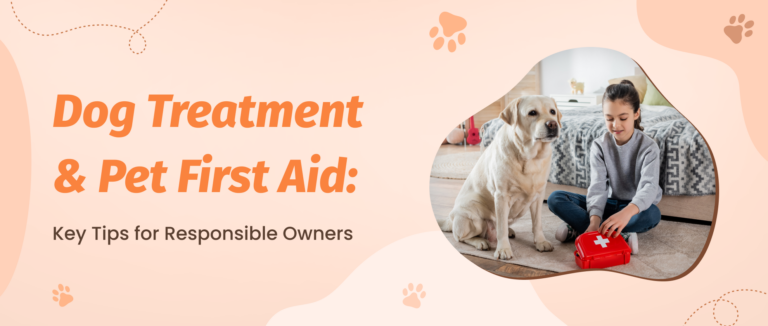
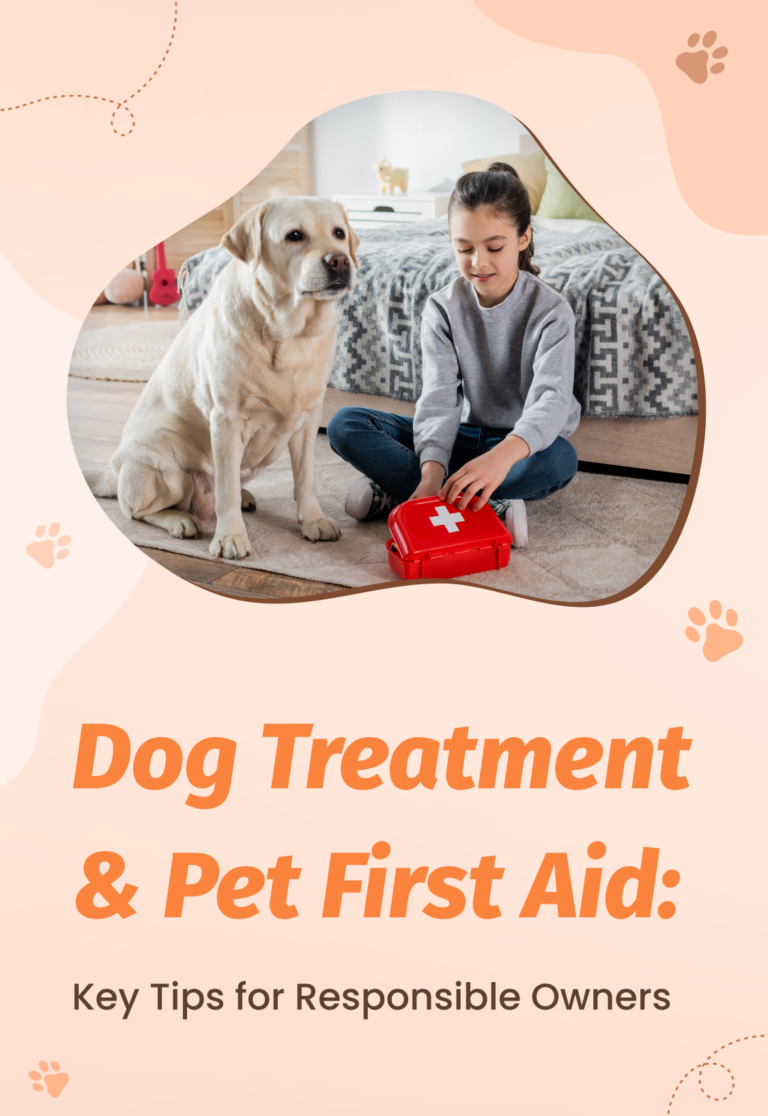
Responsible pet ownership means being prepared for both routine dog treatment and emergency pet first aid situations. Whether it’s a minor scratch or a more serious condition, knowing how to respond quickly and appropriately can make all the difference to your dog’s health and comfort.
In this guide, we cover essential dog treatment methods, key pet first aid tips, and when to seek professional help. If you’re looking to gain more structured knowledge, explore our Dog First Aid and Emergency Care course on The Animal Care platform.
Why Dog Treatment and Pet First Aid Matter?
Every dog, no matter the breed or age, will face health challenges at some point. As an owner, you’re the first responder in most situations. Knowing the basics of dog treatment and how to perform effective pet first aid can help:
- Prevent minor issues from escalating.
- Reduce stress for your dog.
- Buy time until veterinary care is available.
- Save on unnecessary emergency costs.
Being informed and prepared makes you a more confident and capable dog owner.
Common Dog Health Issues That Require At Home Treatment
Some conditions can be managed safely at home with the right dog treatment steps. These include:
1. Minor Cuts and Scrapes
Clean the area gently with saline or clean water. Apply antiseptic cream safe for pets and keep the wound dry.
2. Ear Infections
Symptoms include shaking of the head, redness, or discharge. Clean gently with a vet-approved ear cleaner and monitor for improvement.
3. Fleas and Ticks
Use vet-approved flea treatment. Remove ticks with a tick remover tool, pulling straight out without twisting.
4. Upset Stomach
If your dog vomits once but seems fine afterwards, it may be a mild issue. Feed a bland diet and keep them hydrated. If symptoms persist, seek vet advice.
For more training on canine wellness, our Dog First Aid course offers valuable insights on managing health issues with safety.
Essential Pet First Aid Supplies Every Dog Owner Should Have
Having a dog first aid kit ready can make a big difference. Keep it accessible and check supplies regularly. Your pet first aid kit should include:
- Saline solution for eye and wound cleaning
- Antiseptic wipes or spray
- Gauze, non-stick pads, and medical tape
- Tweezers and tick remover
- Digital thermometer
- Muzzle (even gentle dogs may bite when in pain)
- Emergency vet contact numbers
For step-by-step training in handling emergencies, see our Pet First Aid Level 3 course at The Animal Care.
Dog First Aid: How to Handle Common Emergencies
Apply pressure using a clean cloth or gauze
Keep your dog calm and restrict movement
If bleeding doesn’t stop within 10 minutes, seek emergency care
Watch for difficulty breathing, excessive pawing at the mouth, or panicked behaviour
Open the mouth carefully and check for visible obstruction
If not breathing, perform the Heimlich manoeuvre for dogs
Move your dog to a cool area immediately
Offer small sips of water
Wet them with cool (not cold) water
Avoid ice or very cold water as it can cause shock
Symptoms may include vomiting, seizures, drooling, or collapse
Contact your vet immediately
Do not induce vomiting unless directed by a vet
When to See a Vet:
Knowing the Limits of At-Home Dog Treatment
While dog first aid and basic dog treatment help manage many issues, some signs always require professional attention:
- Difficulty breathing or collapse
- Uncontrolled bleeding
- Seizures
- Ingestion of toxic substances
- Swollen abdomen
- Paralysis or inability to stand
Prompt vet care ensures serious conditions are handled correctly. Knowing when to escalate is just as important as acting early.
Preventive Dog Treatment: Keeping Your Pet Safe and Healthy
Preventing health issues is always better than treating them. Responsible owners should focus on these core areas of dog treatment:
1. Vaccinations
Stay up to date with recommended vaccines to protect against major diseases like parvovirus, distemper, and rabies.
2. Parasite Control
Use regular treatments for fleas, ticks, and worms. Maintain hygiene in bedding and living areas.
3. Dental Care
Brush your dog’s teeth regularly and offer dental chews to prevent tartar and gum disease.
4. Nutrition and Hydration
Feed a balanced diet and ensure clean water is always available. Avoid feeding harmful human foods.
Our Dog Health Care course is a good starting point for owners looking to improve daily care.
Final Thoughts
Being a responsible dog owner means knowing how to handle routine care and urgent situations. From treating small cuts to responding to emergencies, your ability to provide fast, appropriate dog treatment and effective pet first aid can protect your dog’s life and health.
Make sure you’re always prepared with the right knowledge, tools, and training. Enrol in a relevant animal care course today on The Animal Care and gain confidence in caring for your furry friend.
Stay informed, stay prepared, and keep your dog safe.
Related Courses From The Animal Care
Recent Posts
Top 10 High-Paying Animal Care Jobs ...
June 23, 2023
How to Be Every Dog’s Favourite Do...
June 23, 2023
A guide for beginners on horse care ...
June 23, 2023
Decoding Pet Speak: 10 Signs to Neve...
June 23, 2023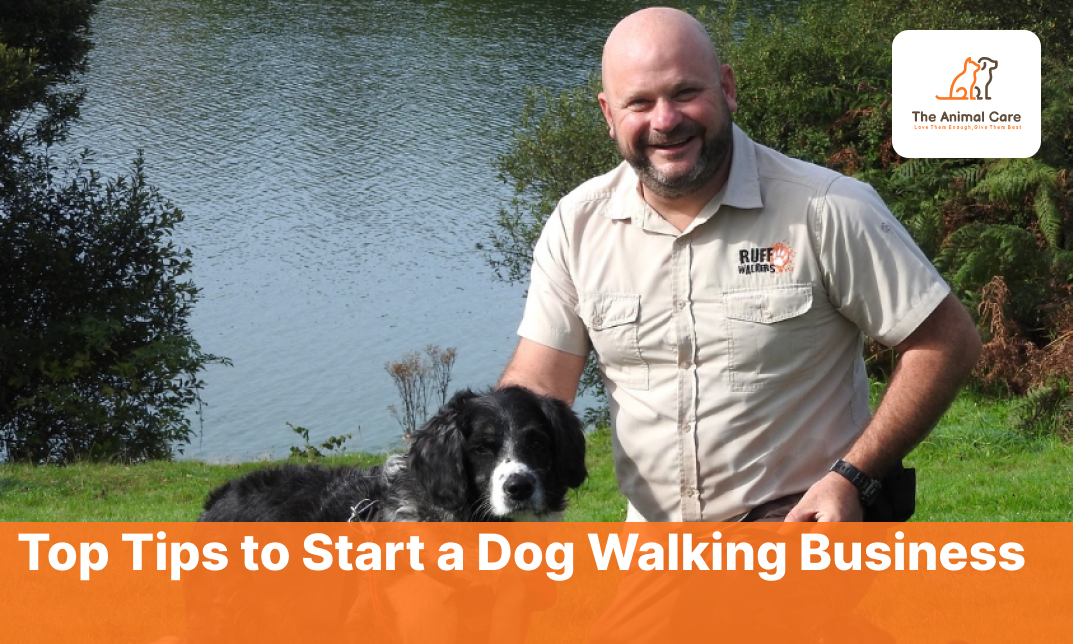
How to Start a Dog Walking Business
June 23, 2023

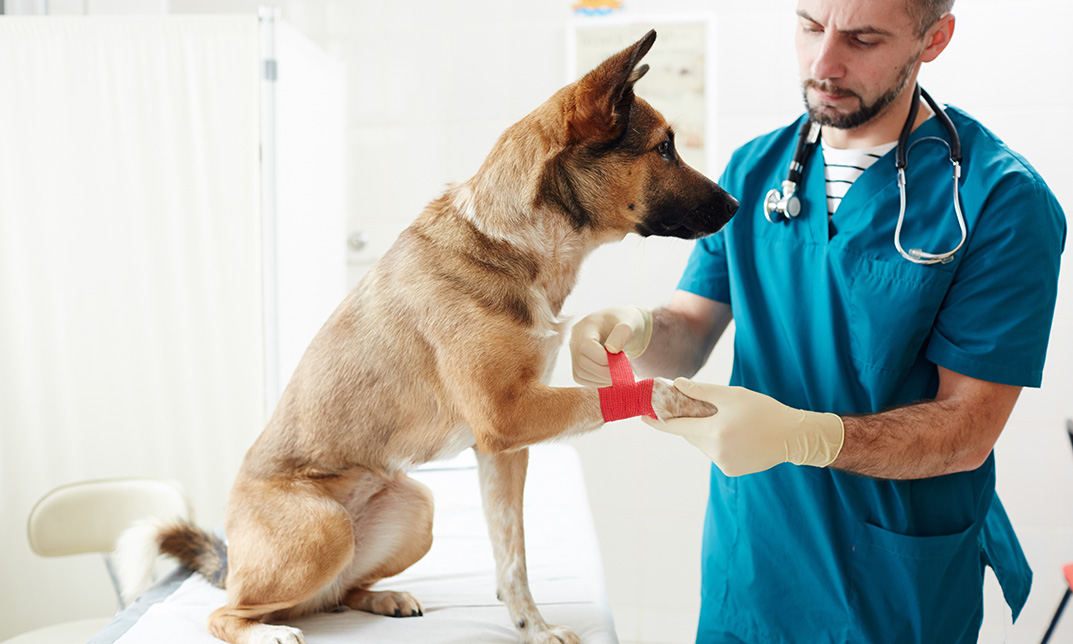
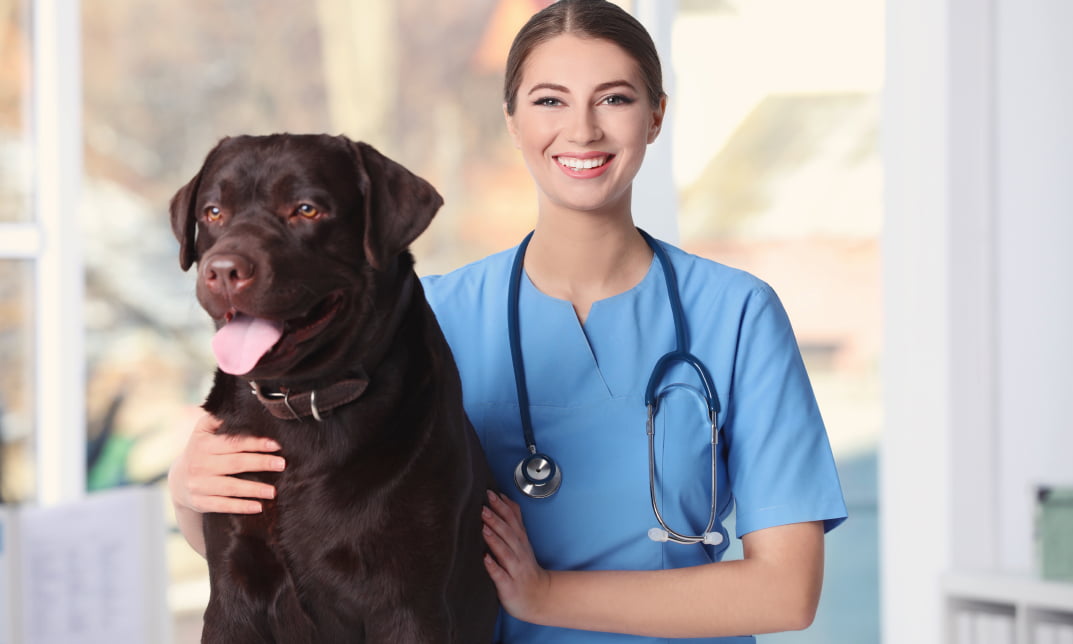

0 responses on "Dog Treatment and Pet First Aid: Key Tips for Responsible Owners"